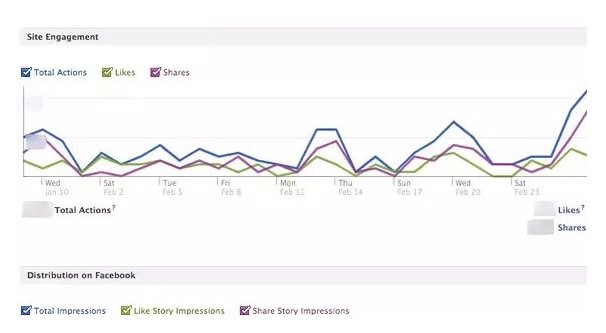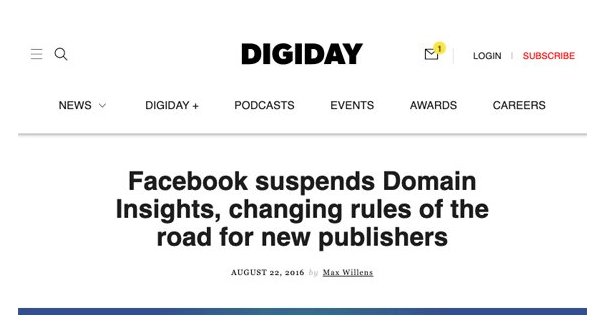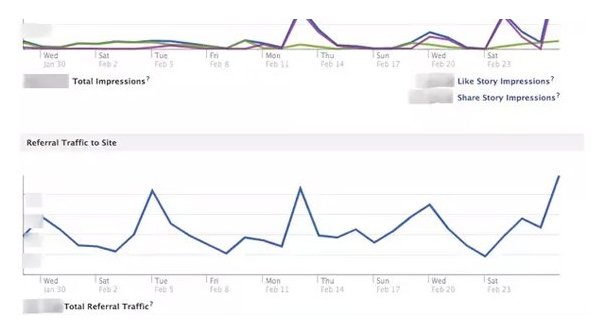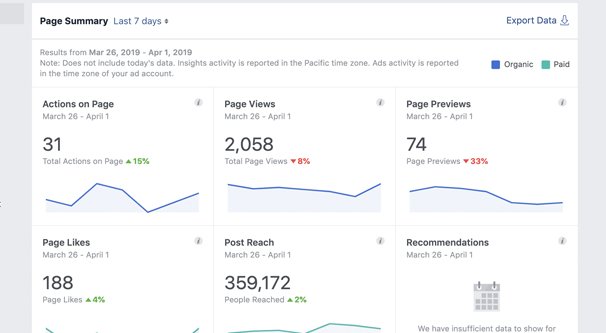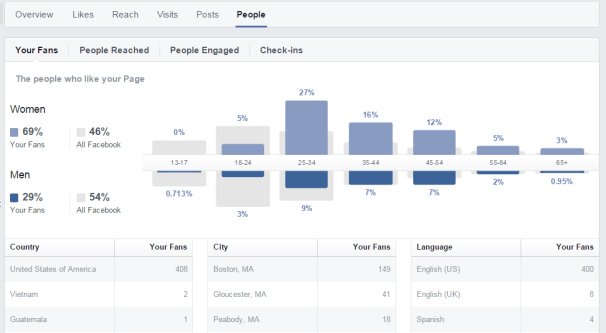 Written by ContentPowered.com
Written by ContentPowered.com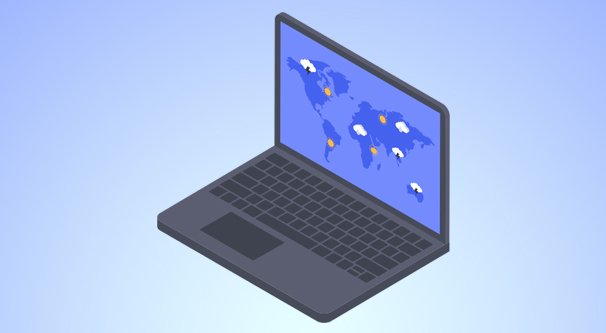
When it comes to making business decisions, nothing is more important than data. Knowing your audience, knowing your demographics, knowing your traffic and usage statistics, it’s all important and relevant to any decision you need to make.
So where do you get this information? When it comes to online analytics, two of the best data sources are Google Analytics and Facebook Insights
Google Analytics, as you likely already know, is Google’s website analytics platform. You add a script to the header of your website, and Google tracks your users and their behavior.
Facebook Insights, meanwhile, allows you to record tons of information about your audience, their demographics, and their interests.
What if there was a way to combine the two?
Facebook’s Grasping Hands
For years after it started getting popular, Facebook developed and rolled out a wide variety of different sub-features for their platform. Basically anything that users or businesses would find useful, they wanted to offer. Essentially, they wanted to monopolize everything online.
- When FourSquare was getting popular, Facebook introduced check-ins.
- When Google Place Pages were in their prime, Facebook introduced their own place pages, even for locations that didn’t have an active Page, though the owner could claim the page if they desired.
- When Snapchat hit the big time, Facebook-owned Instagram – and later Facebook itself – introduced Stories.
- Craigslist and other local classified pages, and marketplace sites like eBay, led Facebook to create their Marketplace.
- Instant messaging’s popularity led Facebook to create Messenger.
So it stands to reason that Facebook would, sooner or later, create and introduce some way to analyze data similar to Google Analytics. And indeed, they did roll out this feature back in 2010, called Facebook Domain Insights.
The way Domain Insights worked was similar to Google Analytics. You could plug in some code generated by Facebook, and then Facebook would be able to record data about your users. Unlike Google, however, Facebook was able to tie that data in with their existing audience information, to give you a bunch of really good, really robust data on your audience and their behaviors across both your website and your Facebook Page.
Past Tense
Smart readers might have noticed that I’ve been using past tense for describing Domain Insights. There’s a reason for that, and that reason is simple. Domain Insights no longer exists.
I can only assume that Facebook realized that the value they get out of providing an analytics platform did not outweigh the cost of maintaining that platform. It’s one thing to analyze the behavior of the billions of people on their own site, but it’s another thing entirely to do that to their site and millions of other domains that linked up with their system.
Thus, at the end of June in 2016, Facebook closed the doors on Domain Insights. They didn’t immediately cut off the people who already had it active for their domains, but they removed the ability to sign up for a new integration. Any site that changed their URL, any site that registered a new domain, any business that wanted to gain access to this analytics, they were all cut off.
So why am I writing this post? Facebook actually does still offer some of the data they used to from Domain Insights, they just handle it in a different way.
Types of Facebook Insights
If you visit the basic Facebook Insights page, you will see three categories. These are Analytics, Page Insights, and Domain Insights.
The third one is empty for everyone, these days. For a while after Facebook closed new registrations for Domain Insights, they kept the dashboard and API open to those who already used it. This allowed those brands to pull their data and reports, and to look for a an alternative since the writing was on the wall about the service being discontinued.
Frankly, it closed so long ago that I’m a little surprised they even keep this section around, warning or not. Perhaps it’s solely there as a call to action to those older marketers to move on to something else.
Page Insights, meanwhile, is the typical Facebook analytics for Facebook Pages. It shows you the list of pages you manage, and when you click one, proceeds to show you audience and page performance data. You know, the usual. How much engagement and reach your posts are getting, how your follower growth has been going, what your demographics are on average, and so on.
Facebook Insights is an invaluable tool, but it’s not what we’re here to discuss today. You can read more about it here instead.
The third section – or rather, the first section, since I’ve been going from bottom up – is Analytics. If you haven’t configured anything to do with analytics, it will simply be blank with a single line saying “You do not have any apps using insights.”
However, if you look further down at the Domain Insights section, you see an interesting line. “You can now use Facebook Analytics to see referral traffic to your website and demographics of visitors.” This is followed by a link to set it set up.
What this link leads you to is the documentation page for what Facebook calls Referral Insights.
Referral Insights
Facebook Analytics is not as robust as Google analytics. As the documentation states at the top, “you can view referral traffic from Facebook and demographics about that traffic.”
What this means is that the data Facebook provides you with referral analytics is simply data about users who come to your site from Facebook. This is, in essence, the data you’re tracking via the Facebook Pixel.
You know how all analytics systems have you install a bit of tracking code? The Facebook Pixel is Facebook’s instance of this code. It does a lot, and is a fantastically complex piece of engineering, and yet it’s still limited compared to what Google can do.
That said, there are a few benefits to using Facebook Analytics.
- Analytics for Facebook’s Pixel are real time. Google doesn’t always update in real time, and they traditionally have some issues with sampling data rather than recording every single actual piece of data. It’s not typically an issue, but it’s worth knowing.
- Facebook Analytics works with UTM parameters by default. If you’re not aware of what those are or how they work, I highly recommend you go do some further reading as soon as possible.
- Facebook Analytics gives you better, more detailed user information than Insights by itself. It can show you things like job titles, education levels, and liked pages, which is pretty granular.
Additionally, Facebook Analytics can combine analytics data from other sources. In addition to recording data from your website – or from multiple websites – and from your Facebook page itself, you can link up other sources. Such sources include mobile apps that use Facebook Analytics as part of their tracking suite, and you can record data on an event basis rather than just on the app as a whole.
To visit your Analytics hub and get started, click on this link. You should see your pages already filled in, as well as any pixels you have set up. If you don’t already have a website pixel set up, get started on that.
It’s actually quite easy; just go to this page and follow the instructions. All you need to do is retrieve your pixel code from the developer section, then paste it into your website in the appropriate place, and test it.
Once you have a pixel configured, you can click on that pixel in your Analytics section and see detailed information about it. You can see user session data, website usage overviews, active user statistics, purchase records, demographics, and other information.
One nice thing about Facebook Analytics is that they’re still actively adding new features to it. Each year during Facebook’s conference, the F8 conference, they announce more features and integrations they want to add to Analytics. This tells me that it’s still going to be a useful platform for a few years, though you never know when Facebook will decide the upkeep outweighs the benefit and decides to kill it off. They’ve done it before, after all.
Should You Use Facebook Analytics?
So the question you have to ask yourself at this point is, should you use Facebook Analytics?
Frankly, I don’t think they’re necessarily that worth it for the majority of the people reading this.
Google Analytics is very good. It covers all the bases you need for your website, and while it’s not without some issues, it’s still generally a solid platform. If you’re having issues with Google Analytics, it’s likely that it’s a fringe case and isn’t going to affect most people.
Facebook Insights is also very good. It gives you a ton of useful demographic information for your audience, assuming your audience on Facebook is reflective of your audience on the web. You can use it to inform everything from the precise timing of the posts you want to make, to the demographic targeting of your advertising, and so on. There’s a lot of very good information there.
Facebook Analytics, meanwhile, is kind of a mixture of both. It has some areas where it’s better than either, such as in the real-time delivery of accurate demographic and user data. On the other hand, it falls flat in some other areas, such as the hoops you have to jump through just to see referrer data from domains other than Facebook.
The way I see it, unless you really don’t like having to check multiple platforms, you’re going to be fine with just Google analytics and Facebook insights. In fact, so many people are fine with this setup that it’s hard to even find specific information about Facebook website analytics for the last few years.
I did say “the majority” of the people reading this, though, and that’s where things get muddied. Facebook Analytics wrap around to be great if you’re using them for numerous data sources, including multiple apps and websites. You can get a lot of data all in one place if you’re using the Facebook hooks in multiple sources. It’s all very well laid out and clean, and you can create your own dashboards to show you exactly what you want to see across different data sources.
One thing to note is that one of those data sources is Facebook Messenger. Facebook treats Messenger as a stand-alone app ever since they divorced it from their core app, and as such, integration with it is semi-optional for businesses. If you use a lot of Facebook Messenger for your business – including using it to schedule appointments, or managing a support chatbot – you can get plenty of useful data from messenger users in Analytics.
If you’re an old-time user of Facebook Domain Insights, you’re likely going to be a little disappointed with what Facebook Analytics offers. On the other hand, if you just want more data sources and as much information as you can carry, you can do a lot worse.
The bottom line, though, is pretty simple. Facebook Analytics pretty much just comes with installing the Facebook Pixel, and you should have the Pixel installed for a variety of reasons. There’s nothing stopping you from checking out Analytics and seeing if the data they collect and the presentation they give you is good enough, valuable enough, to decide to use. It’s up to you, of course, but there’s no reason not to at least give it a look.
